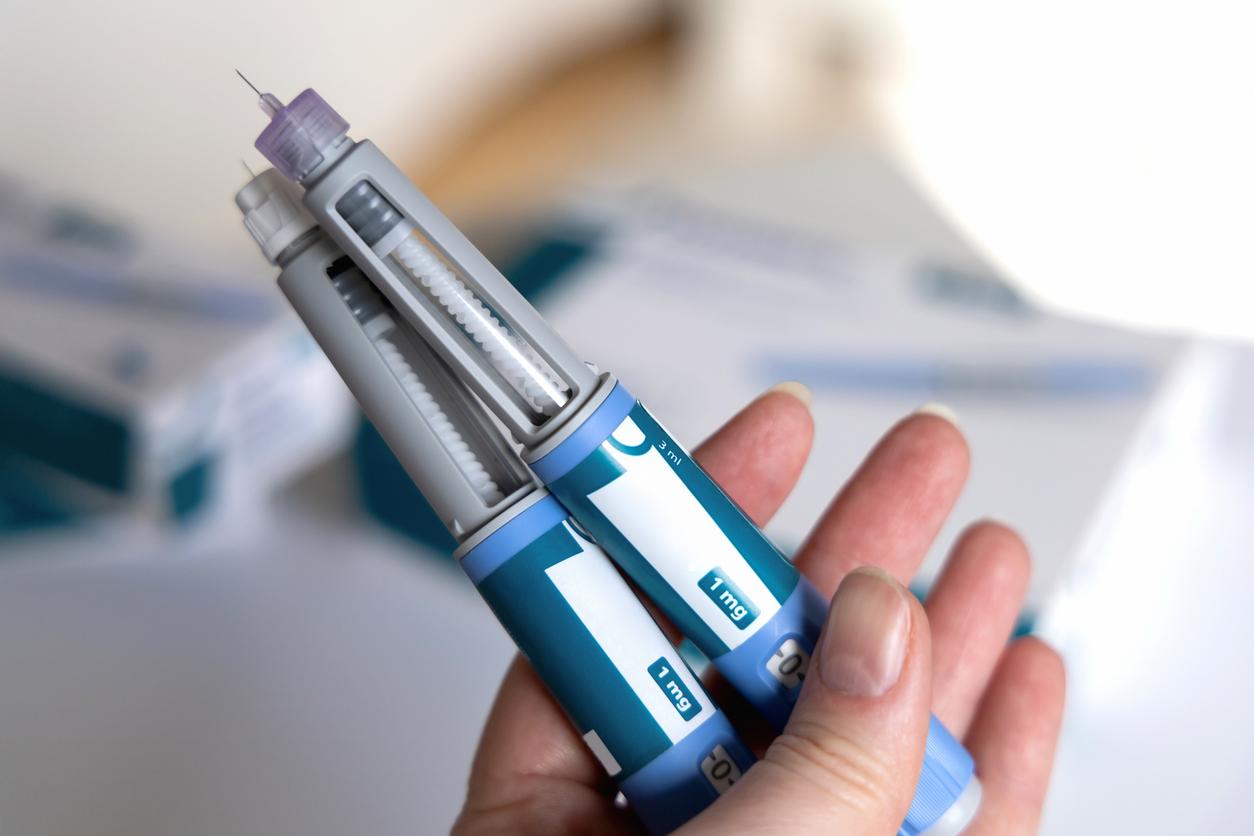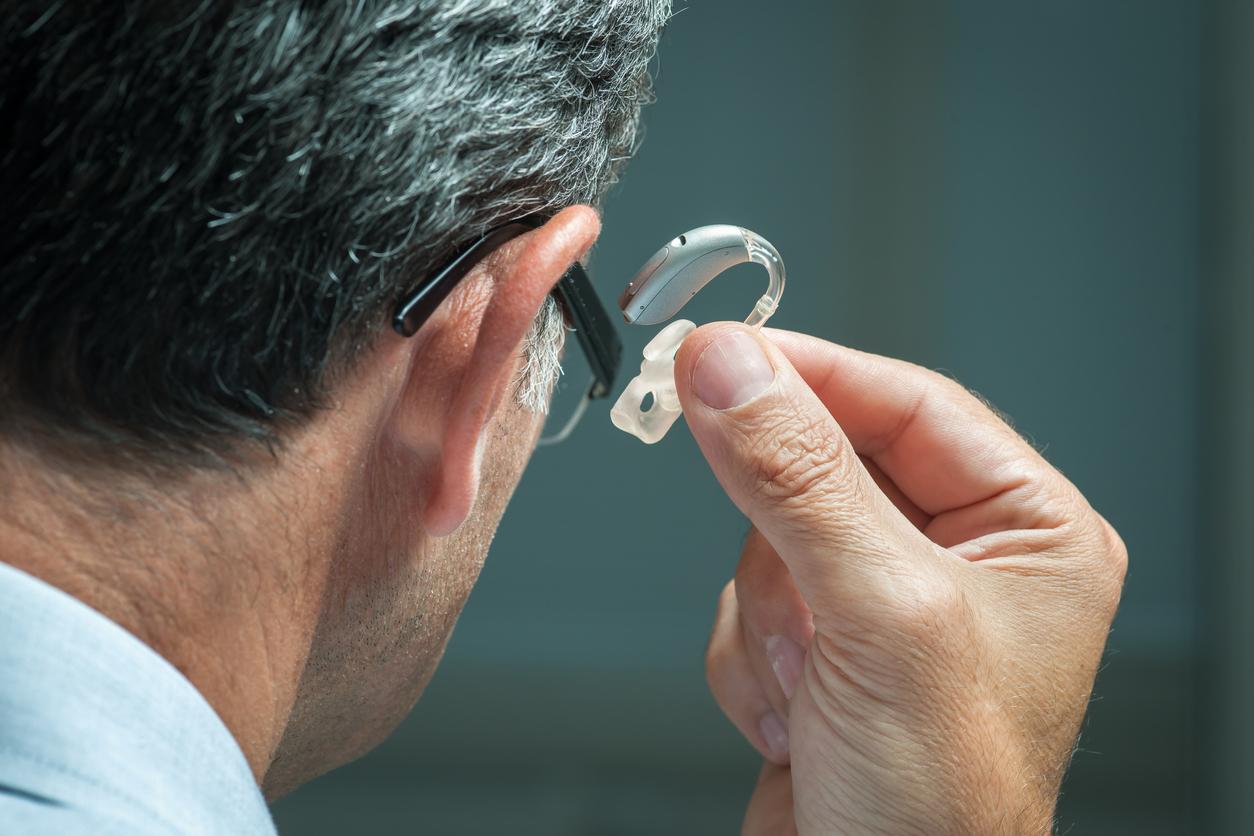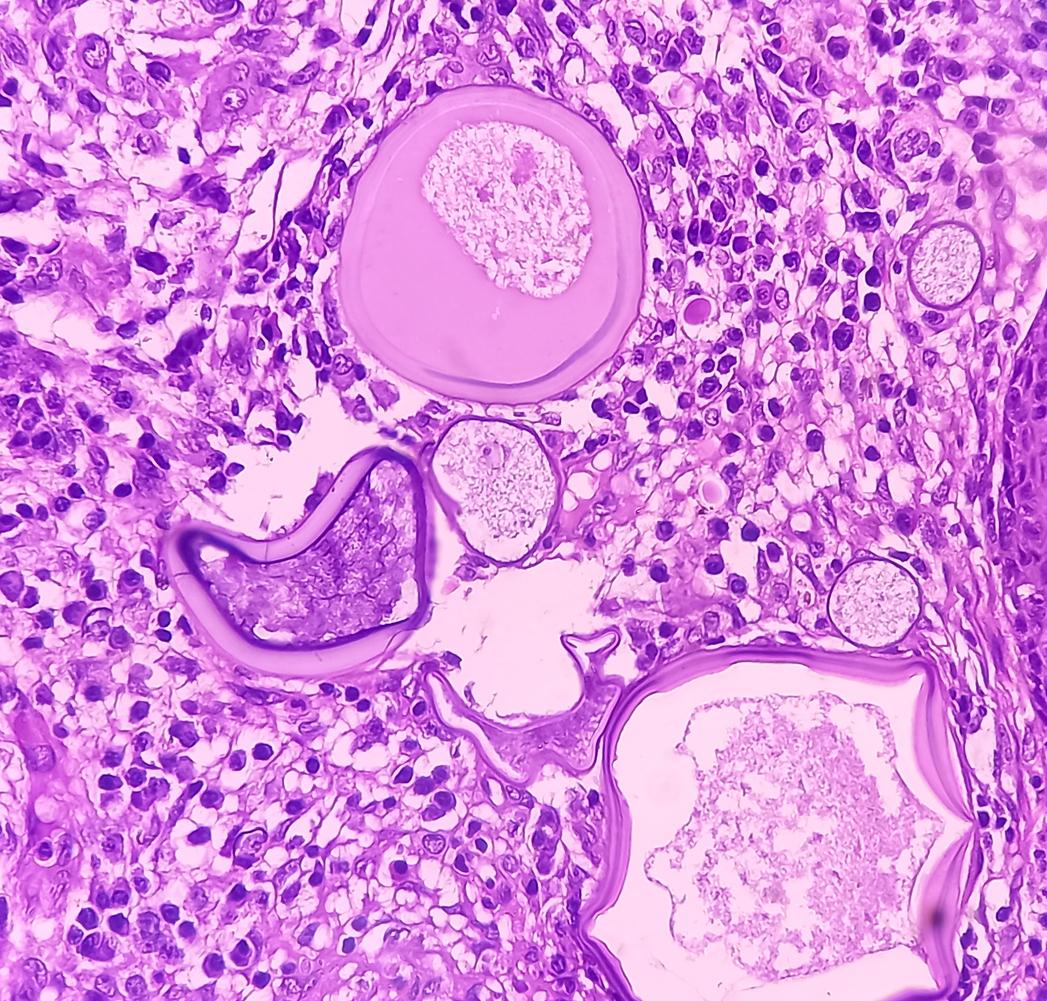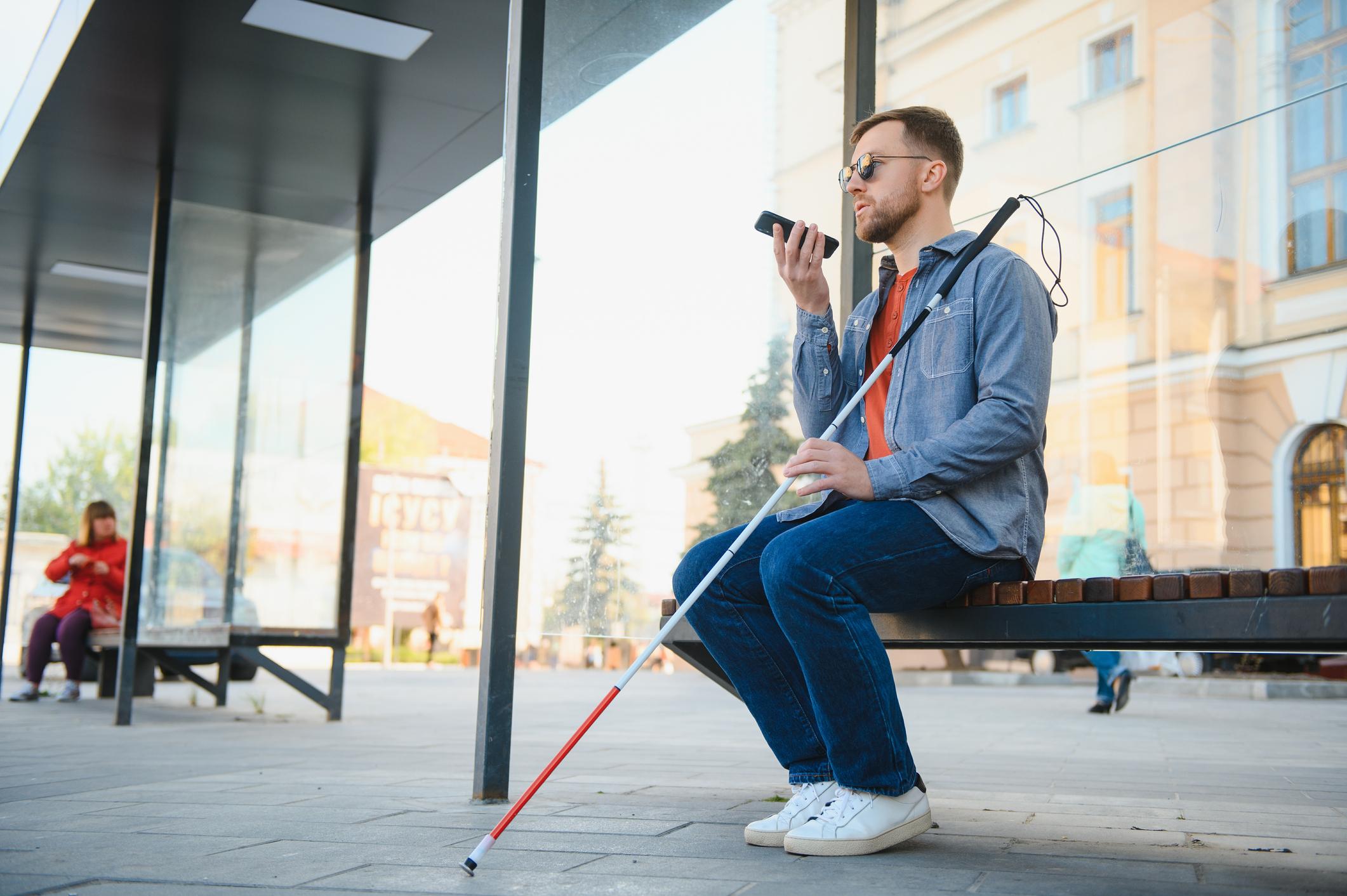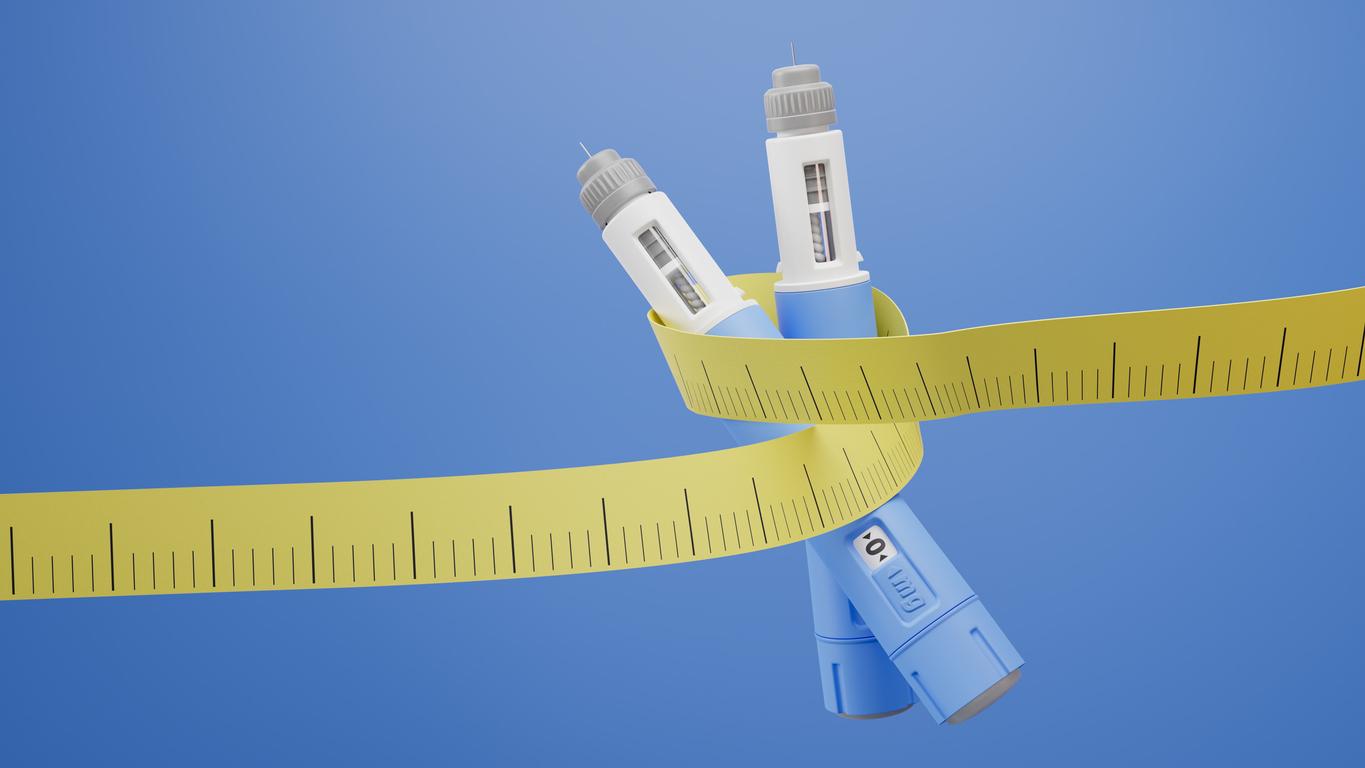Thanks to the discovery of markers, researchers were able to identify limbal stem cells that could promote corneal transplants.

Scientists have found a way to regrow, using stem cells, the cornea. Published this week in the scientific journal Nature, this research was jointly conducted by scientists from Harvard, Boston Children’s Hospital, Brigham and Women’s Hospital, and the VA Boston Healthcare System.
As a reminder, the cornea is a transparent membrane which constitutes the anterior part of the eye. It transmits light to the lens and retina and can be damaged or destroyed by disease or burns, resulting in blindness.
Thanks to new discoveries in stem cells, researchers were able to identify a marker (the ABCB5 molecule) of limbal stem cells (responsible for regenerating the cornea), found in the limbus of the eye and difficult to see. spot.
Using this marker, researchers were able to detect limbal stem cells in tissue from a deceased human donor and grow an anatomically correct and fully functional human cornea in a mouse.
“Limbal cells are very rare and successful transplants depend on these cells,” said Bruce Ksander, one of the study’s co-authors. This discovery will be able to facilitate the restoration of the surface of the cornea ”. It is also a good example of building tissue from adult human stem cells. Note that an experiment in Quebec had succeeded in transplanting a cornea produced in the laboratory from stem cells. These stem cells were then taken from the patient’s non-affected eye, cultured in a healthy environment and transplanted into the affected eye, again with great success.
.







